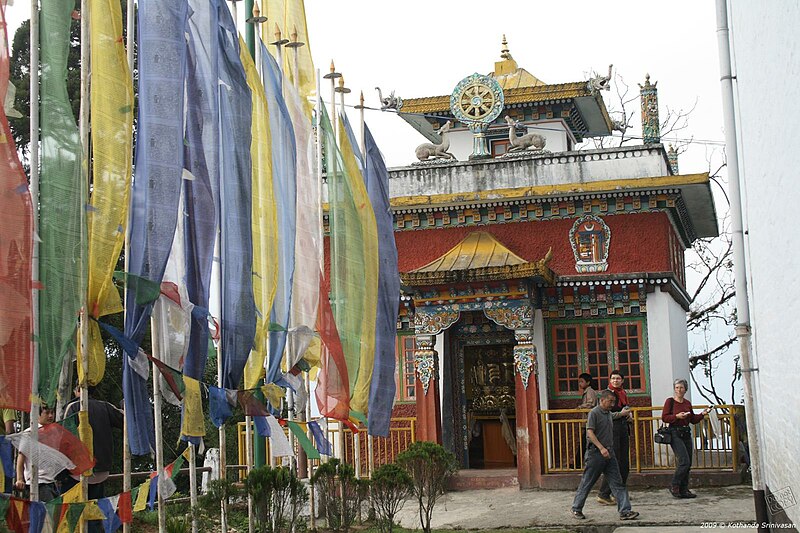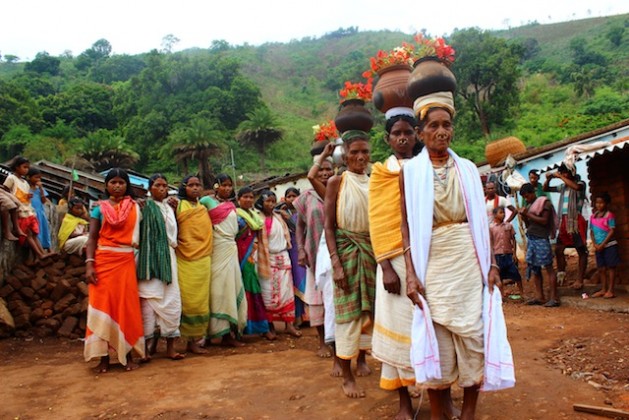The deterioration of the conventional family system is reflected in an increase in violence, suicides among youngsters, and an increase in children turning to crime. Worldwide studies emphasise the importance of families in society. To address this dilemma, attitudinal and behavioural adjustments must be pushed by society rather than the government.
Family Definition
- A family is described as a social unit made up of people who are related through blood, marriage, or adoption.
- It is a key social institution in which individuals form emotional relationships, live together, and interact in numerous parts of life.
- Families vary in composition and organisation across cultures, but they typically comprise parents, children, siblings, grandparents, aunts, uncles, cousins, and other relatives who share similar duties and relationships.
The Family’s Role as a Foundational Institution of Society
- Interpersonal Relationship Consolidation: Interpersonal connections naturally evolve and thrive within the family unit. Living together helps family members to share thinking processes, participate in group actions, and form emotional bonds. These interactions help family members feel a sense of belonging, support, and connection.
- Socialisation and Education: Families are in charge of their children’s socialisation and education. Families develop individuals’ character, behaviour, and values via nurturing and mentoring, preparing them for their responsibilities in society.
- Emotional Support and Stability: Families provide emotional support and stability in people’s lives. They give a caring environment that fosters love, care, and emotional well-being.
- Cultural and Traditional Values Transmission: Families have an important role in conserving and transferring cultural and traditional values from one generation to the next. Families ensure the continuity of cultural history and identity through storytelling, rituals, conventions, and festivals.
- Economic Cooperation and Division of Labour: Economic cooperation and division of labour are common in families, with different members contributing to the family’s economic well-being.
- Social Support Network: Families are an individual’s primary social support network. During times of need, illness, or crisis, family members provide emotional, financial, and practical support.
- Intergenerational Relationships and Caregiving: Families foster intergenerational relationships by forging bonds between people of different ages. Families also care for elderly or disabled family members, safeguarding their well-being and dignity.
The challenges that the family structure faces in a globalised environment
- Changing Social Conditions: As a result of globalisation, there are substantial changes in social conditions, such as urbanisation, mobility, and enhanced connection. As nuclear families become more widespread, intergenerational living arrangements and support structures within extended families are diminishing.
- Individualism and Fragmentation: As people pursue their own aims and aspirations, collective decision-making, shared responsibility, and mutual support may suffer. This might erode the link and cohesion of the family unit.
- Communication and Dialogue: As a result of globalisation, new means of communication and technology have emerged that can both connect and separate individuals. While technology improvements have simplified communication, they can also lead to superficial and transactional interactions within families. As a result, meaningful communication and genuine bonds between family members may diminish.
- Cultural Influences: Exposure to diverse cultures and values as a result of globalisation can put conventional family standards and practises to the test. Western influences, in particular, can have an impact on traditional family roles and expectations, resulting in conflicts and tensions between generations and genders.
- Work-Life Balance: Globalisation has resulted in changes in work patterns and greater professional responsibilities. Balancing job and family duties becomes more difficult, hurting family members’ general well-being.
- Migration and Transnational Families: As a result of globalisation, there has been an increase in migration and the establishment of transnational families. While migration might give economic benefits, it can also present difficulties such as separation, long-distance relationships, and cultural adaptations.
- Consumerism and Materialism: Globalization’s consumerist culture places a greater premium on material items and individual aspirations. This can cause disagreements within families over priorities, values, and the concept of success. Materialistic goals may overshadow the importance of emotional ties and shared family memories.
Factors Contributing to the Rise of Individualism
- Prosperity in the Economy: Individuals now have more options for personal improvement and self-fulfillment as a result of economic expansion and improved prosperity. People can focus on their particular objectives, interests, and aspirations when they gain financial independence.
- Urbanisation and Mobility: As a result of urbanisation and increased mobility, close-knit rural communities have given way to more diversified and fractured urban contexts. Individuals have more anonymity and independence in cities, which might develop a sense of individualism.
- Technological Advancements: The rapid growth of technology, particularly in communication and information, has provided individuals with greater autonomy and flexibility to pursue their own interests. The internet, and particularly social media platforms, have created venues for self-expression and the construction of distinct identities.
- Personal Rights and Autonomy: In modern countries, there is an increasing emphasis on individual rights and personal autonomy. Individualism has been promoted as a basic concept by movements campaigning for civil rights, gender equality, and personal independence.
- Cultural and Ideological Transitions: Individualism has risen as a result of changing cultural norms and values impacted by globalisation and exposure to other cultures. In the media, popular culture, and social discourses, the principles of personal freedom, self-expression, and individual choice are frequently promoted.
- Traditional Institutions Weaken: In many nations, traditional institutions such as extended families, religious institutions, and community structures have eroded. As a result of this decline, there is a greater emphasis on the individual as the primary unit of social organisation, rather than communal identities and obligations.
- Western Culture’s Influence: Individualism has been boosted by the spread of Western ideals and ideologies, particularly through globalisation and media influence. Western nations have traditionally put a high value on individual rights, personal accomplishments, and self-sufficiency, influencing cultural views towards individualism in various parts of the world.
In the future: Family Institutional Strengthening Reforms
Promoting Dialogue and Communication:
- Encourage open and honest interactions within families, creating an atmosphere of trust and understanding.
- Encourage family meetings on a regular basis to discuss critical topics and develop interpersonal relationships.
- Individuals should be educated on excellent communication skills, such as active listening and sympathetic answers.
Balancing Individualism and Collectivism:
- In families, emphasise the importance of shared experiences, mutual support, and cooperation.
- Encourage family members to share responsibilities, decision-making authority, and resources.
- Activities that develop a sense of collectivism, such as family outings, collaborative projects, and shared celebrations, should be encouraged.
Restoring Transparency and Trust:
- Within families, cultivate an attitude of honesty, transparency, and mutual respect.
- Encourage family members to openly express their opinions, feelings, and concerns.
- When disagreements emerge, provide procedures for conflict resolution and mediation to address concerns and rebuild trust.
Cultivating Togetherness and Mentorship:
- Make time for family members to spend quality time together by participating in common hobbies, interests, or recreational activities.
- Encourage family mentoring connections in which elder members guide and encourage younger members in their personal and professional development.
- Encourage intergenerational learning and knowledge exchange while keeping family values and traditions alive.
Recognizing and Empowering Mothers:
- Recognise and value moms’ crucial role in nurturing and strengthening families.
- Provide resources and support structures to strengthen women in their roles as moms and family leaders.
- Encourage gender equality within families by providing equal opportunities, security, and respect to all members.
Strengthening Support Systems:
- Create and strengthen support networks, such as family counselling services, helplines, and community programmes, to address and guide family-related difficulties.
- Increase public awareness campaigns about the value of family well-being and the need of nurturing healthy family relationships.
- Work with educational institutions, religious organisations, and community organisations to promote family-oriented projects and activities.
@the end
The International Day of Families serves as a reminder of the perilous status of today’s families, which is marked by violence, suicide, and societal disturbances. Recognising the significance of families, it is critical to address the conventional family system’s enfeeblement through attitudinal and behavioural reforms. Individuals, communities, and policymakers must work together to keep the family structure as a vital unit of societal well-being.
Source: https://www.un.org/ecosoc/sites/www.un.org.ecosoc/files/files/en/integration/2017/IFFD.pdf







